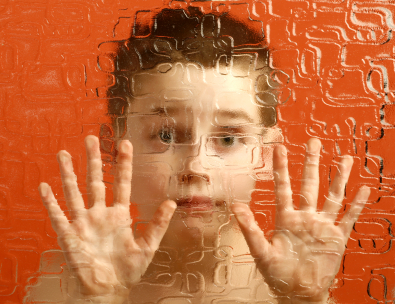I had the distinct pleasure earlier this week to watch a graduate student present to a group of parents on her advanced practicum experience. This student has been working this spring with their children, focusing specifically on facilitating their emotion development.
Being that this was a graduate course, this focus went a little deeper than the typical undergraduate clinical experience. The “deepness” in this case was in the form of working to connect theory to practice, to make informed clinical decisions based on a strong theoretical construct (i.e. a conceptual framework). The end result was that this student was able to identify multiple skills and behaviors to target—social skills, cognitive skills, even motor skills—as all these developmental competencies she identified related in some way to emotion development.
Most poignant to me, however, was the reminder of how closely connected human abilities are. Our skills, our abilities, even our behaviors are not detached, but are interdependent.
Speaking of behaviors…I came to the realization long ago that behaviors are really a means of communication. When a client exhibits a certain behavior—a behavior of engagement, a behavior of retaliation, a behavior of denial—these behaviors aren’t meant to be “fixed.” Rather, they are ways in which clients communicate to us. They speak to an underlying need, want, or desire that sometimes we must try to decipher and understand. In this way, the behavior does not occur in isolation, it’s not something that must be changed. Instead, it’s connected to that underlying thought, emotion, or action in a way in which the client can communicate.
Thus, we now have two clinical examples of how viewing the intra-dependency of our abilities might influence treatment—one proactive, the other reactive.
The proactive way challenges us to consider all aspects of a person when designing a treatment plan. If a primary treatment focus rests on one domain area, what other skills might also play a role? What other areas might we try to facilitate, develop, or change in a way that informs the primary target area. With my student, focusing on social skills, motor imitation, and attention all contributed towards helping those clients further their emotion-related skills.
Then there’s the reactive way. Reactive in the sense that it describes our responsively with clients. A client exhibits a certain behavior…what’s our response? Is it to react to the behavior itself? Or try to understand the underlying connection to that behavior? Years ago, when I worked with trauma-influenced children, their “acting out” behaviors (e.g. the physical aggression, verbal aggression, and running) those behaviors indicated that the child did not feel safe in his or her current environment. Something triggered that response—“something” that could even be a memory, thought, or perception. And my role in that moment wasn’t to fix or correct the behavior, but to (after first calming the child down) help the child identify and understand the underlying connection—the trigger—for the behavior.



 orcid.org/0000-0001-8665-1493
orcid.org/0000-0001-8665-1493






{ 0 comments… add one now }
You must log in to post a comment.